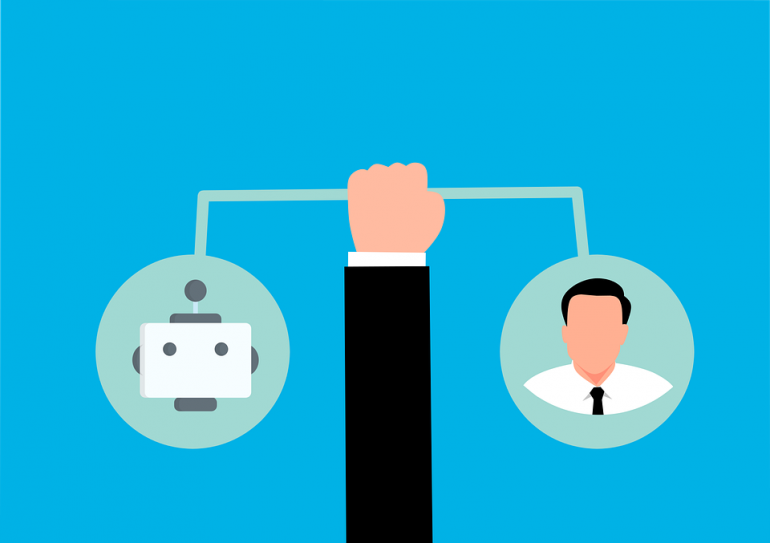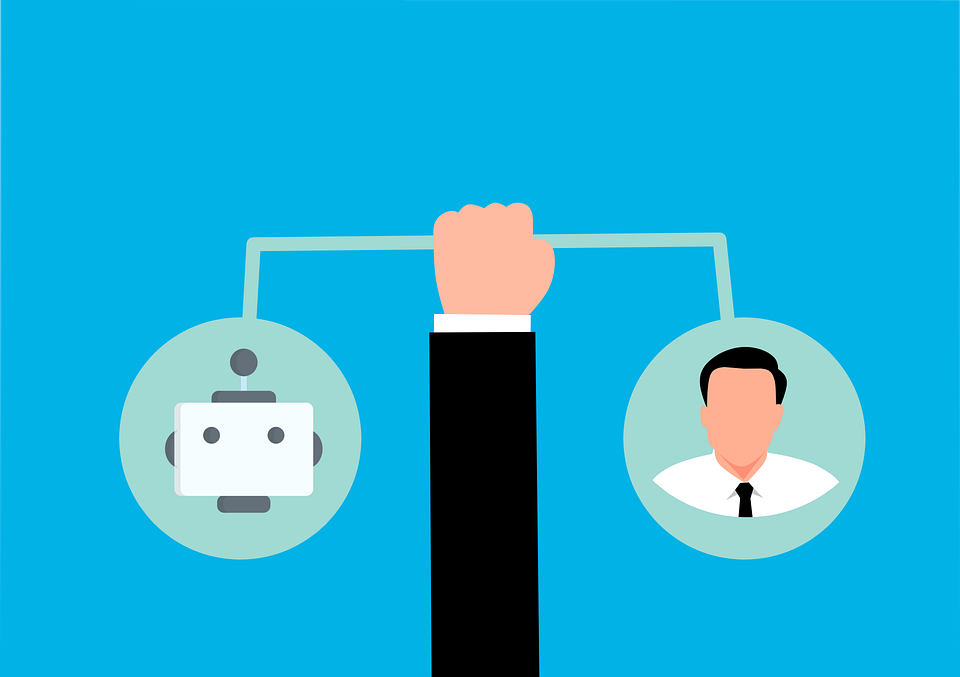
AI: The Secret to a More Diverse Hiring Process
Last Updated on December 4, 2021 by Editorial Team
Author(s): Saray I.

Let’s face it: Hiring is a long and arduous process. You need to conduct background checks, come up with a shortlist of candidates, conduct interviews, and ultimately decide which person would be perfect for the job you have open. You also have to take diversity into account by striving to manually remove biases from the recruitment process. And naturally, all of these processes are inevitably complicated by human error.
Fortunately, AI can leverage data to automatically scout candidates, reduce biases, and improve outcomes. As a result, VentureBeat reports in a post on talent management [1] that AI is helping to streamline recruitment processes for more than 24% of the country’s businesses. In the near future, an additional 56% plan to adopt such technologies. This arguably makes AI the “secret” to effectively diversifying your team.
Here’s more on why this is the case….
AI Prioritizes Skills Over Background
Some of the most common places to look for candidates include job fairs and websites like LinkedIn. In both environments, human recruiters usually select individuals based on factors like college or university background, previous work experience, or, as our contributor Marie Stephen Leo previously discussed [2], performance in take-home assignments. However, these factors can introduce bias into the process. To combat this, AI trained with diverse information can review all candidates more fairly, basing assessments on skill and potential –– not on whether they’re fresh graduates or members of a given demographic.
As an example of how this assessment of skill and potential can help, consider a company that may value soft skills more, preferring to invest in training for new hires. This is a line of thinking more and more companies are adhering to, with an article on soft skills at LHH [3] reporting that 58% of hiring managers believe that insufficient soft skills impede an employee’s productivity. It makes it difficult for them to listen to management, persuade clients, and even collaborate with their teams. Thus, good soft skills are being prioritized –– and AI is now sophisticated enough to gauge an individual’s proficiency in related areas like teamwork and critical thinking. Some companies like Unilever even use neuroscience-based games to measure candidates’ behavioral traits.
AI Appeals Across Genders
Another thing that makes a big difference in the hiring process is the wording that’s used in job posts. A ender bias piece from The Conversation [4] explains that men tend to respond to the more frequently-used self-oriented language, such as “independent,” “goal-oriented,” and “willing to work in a fast-paced environment.” Women, meanwhile, respond to communal language, such as “we are looking for a valuable member of our team.”
When AI is feed information from millions of job ads, it can be trained to reduce bias against women by using neutral language. A system can learn to automatically emit gendered pronouns, generate neutral-sounding job descriptions like “marketing manager,” and only include essential information on the position in any job posts. Companies like LinkedIn go even further by training their résumé-generating AI to factor in gender-specific behavioral traits as well.
AI Eliminates its Own Biases
Arguably the best aspects of using AI for recruitment are that, compared to human recruiters, it is both more efficient and easier to remove biases from. HR experts from the University of Washington explain [5] that even if one is aware of biases that come into play during the recruitment process, unconscious biases –– like choosing candidates one feels they’ll easily become friends with –– can still factor into hiring decisions.
But since AI is programmable, it’s easy to train it with more diverse data sets to eliminate any existing biases. As with any of the benefits recruiting AI brings, however, this fine-tuning requires a human touch. That’s why companies like Knockri and Clovers [6] specifically design AI bias reduction tools.
Ultimately, all these factors emphasize that AI is crucial in uncovering points of weakness in the recruitment process. Since it can even improve upon itself to deliver results, you can view AI as the secret ingredient you need to diversify your hiring process moving forward.
References:
[1] L. Columbus, “8 Ways AI is Transforming Management in 2021,” VentureBeat, para. 2, March 25, 2021. [Online], Available: https://venturebeat.com/2021/03/25/8-ways-ai-is-transforming-talent-management/. [Accessed November 17, 2021].
[2] M.S. Leo, “Dear Hiring Manager, Please Stop Using Take-Home Assignments!”, Towards AI, par. 2, November 29, 2020. [Online], Available: https://pub.towardsai.net/dear-hiring-manager-please-stop-using-take-home-assignments-fa0ebae0a4e0. [Accessed November 17, 2021].
[3] LHH Staff, “How to Emphasize Soft Skills in Your Personal Branding,” LHH, par. 8, no date. [Online], Available: https://www.lhh.com/us/en/individuals/resources/how-to-emphasize-soft-skills-in-your-personal-branding. [Accessed November 17, 2021].
[4] E. Oldford & J. Fiset, “How to Avoid Gender Bias in Job Postings.” The Conversation, par. 9, August 18, 2021. [Online], Available: https://theconversation.com/how-to-avoid-gender-bias-in-job-postings-165037. [Accessed November 17, 2021].
[5] University of Washington Human Resources, “Bias and Hiring,” University of Washington, par. 4, no date. [Online], Available: https://hr.uw.edu/diversity/hiring/bias-and-hiring/. [Accessed November 17, 2021].
[6] P. Albinus, “Think There’s No Bias in Your Hiring Process? AI Says Think Again,” Human Resource Executive, par 2 & 6, November 16, 2021. [Online], Available: https://hrexecutive.com/think-theres-no-bias-in-your-hiring-process-ai-says-think-again/. [Accessed November 17, 2021].
Take our 90+ lesson From Beginner to Advanced LLM Developer Certification: From choosing a project to deploying a working product this is the most comprehensive and practical LLM course out there!
Towards AI has published Building LLMs for Production—our 470+ page guide to mastering LLMs with practical projects and expert insights!

Discover Your Dream AI Career at Towards AI Jobs
Towards AI has built a jobs board tailored specifically to Machine Learning and Data Science Jobs and Skills. Our software searches for live AI jobs each hour, labels and categorises them and makes them easily searchable. Explore over 40,000 live jobs today with Towards AI Jobs!
Note: Content contains the views of the contributing authors and not Towards AI.












